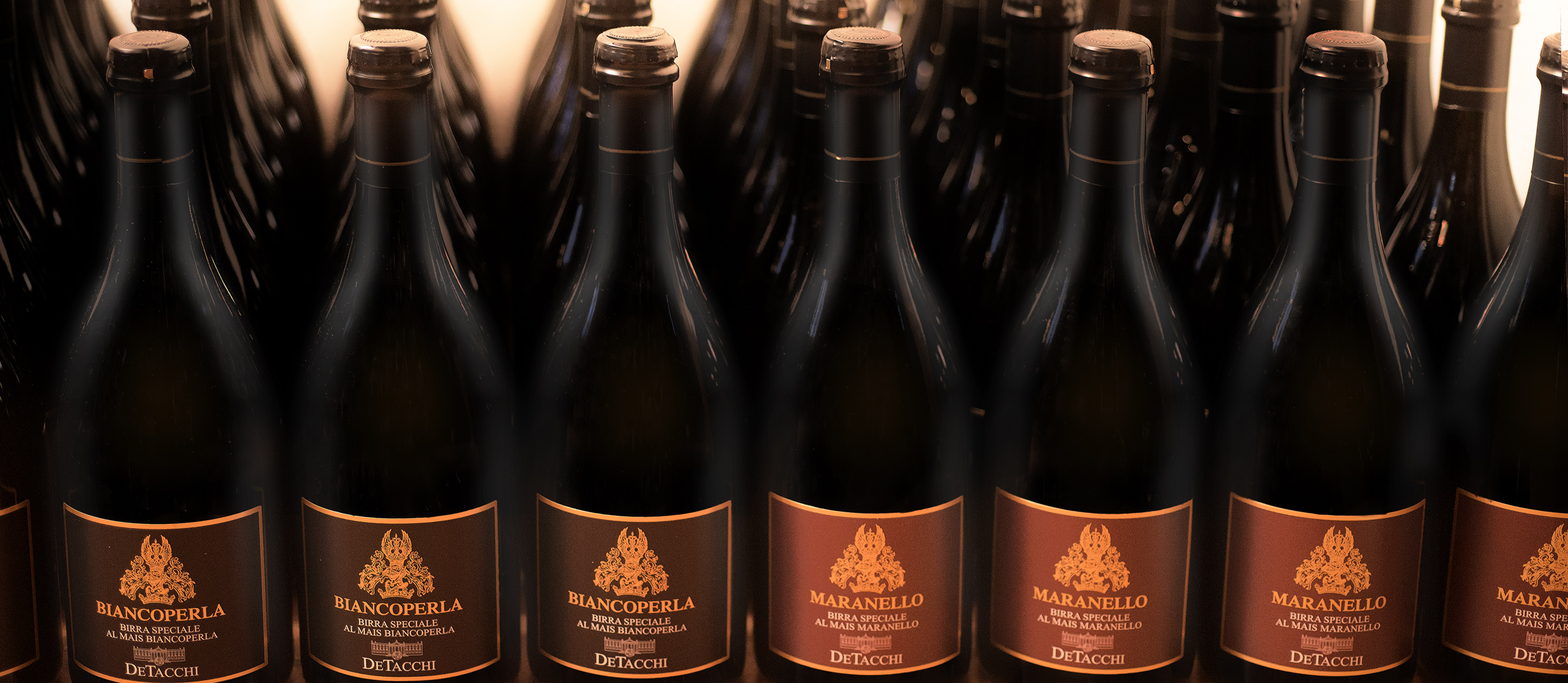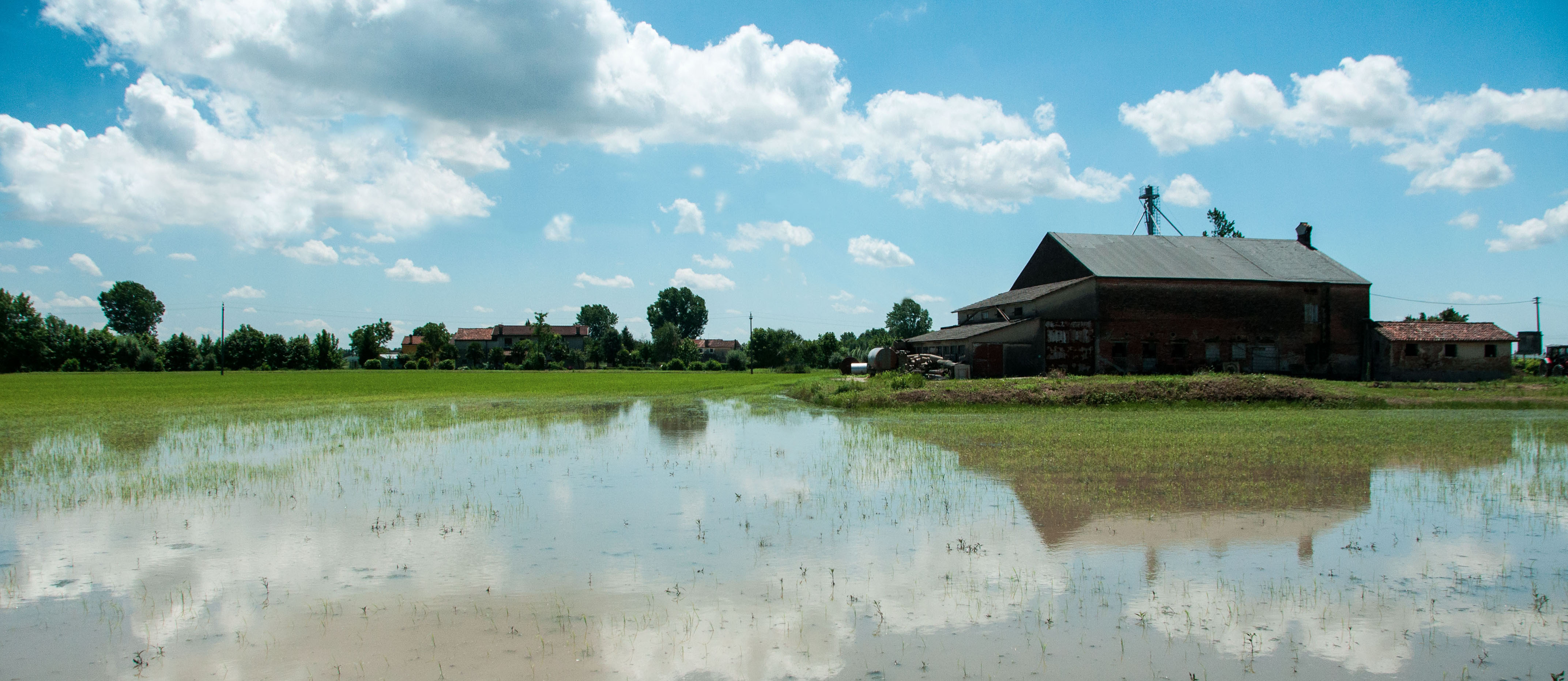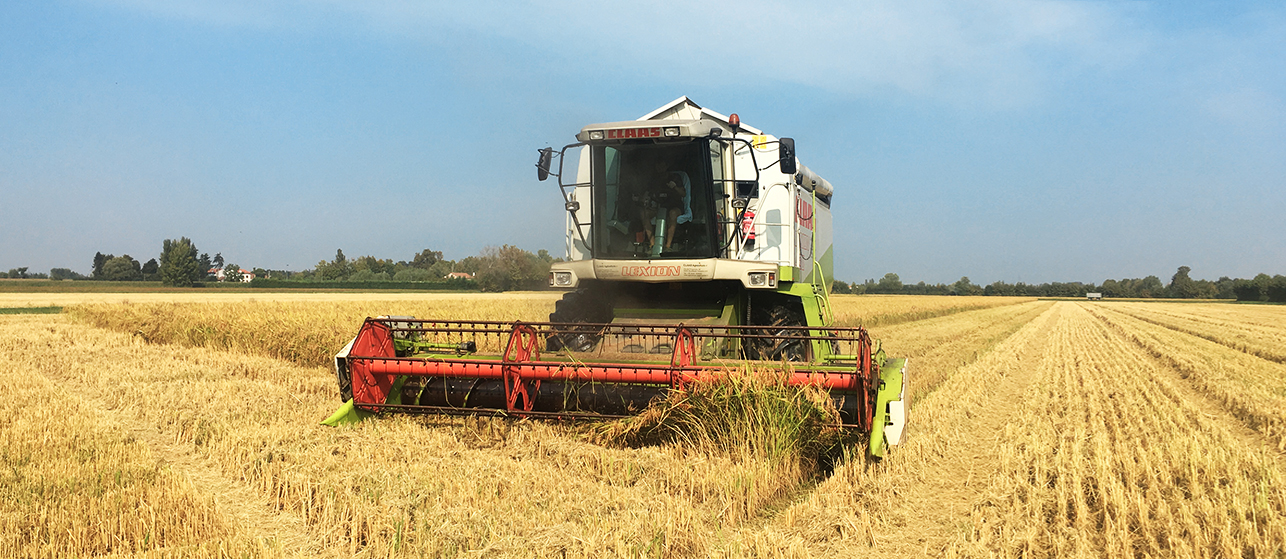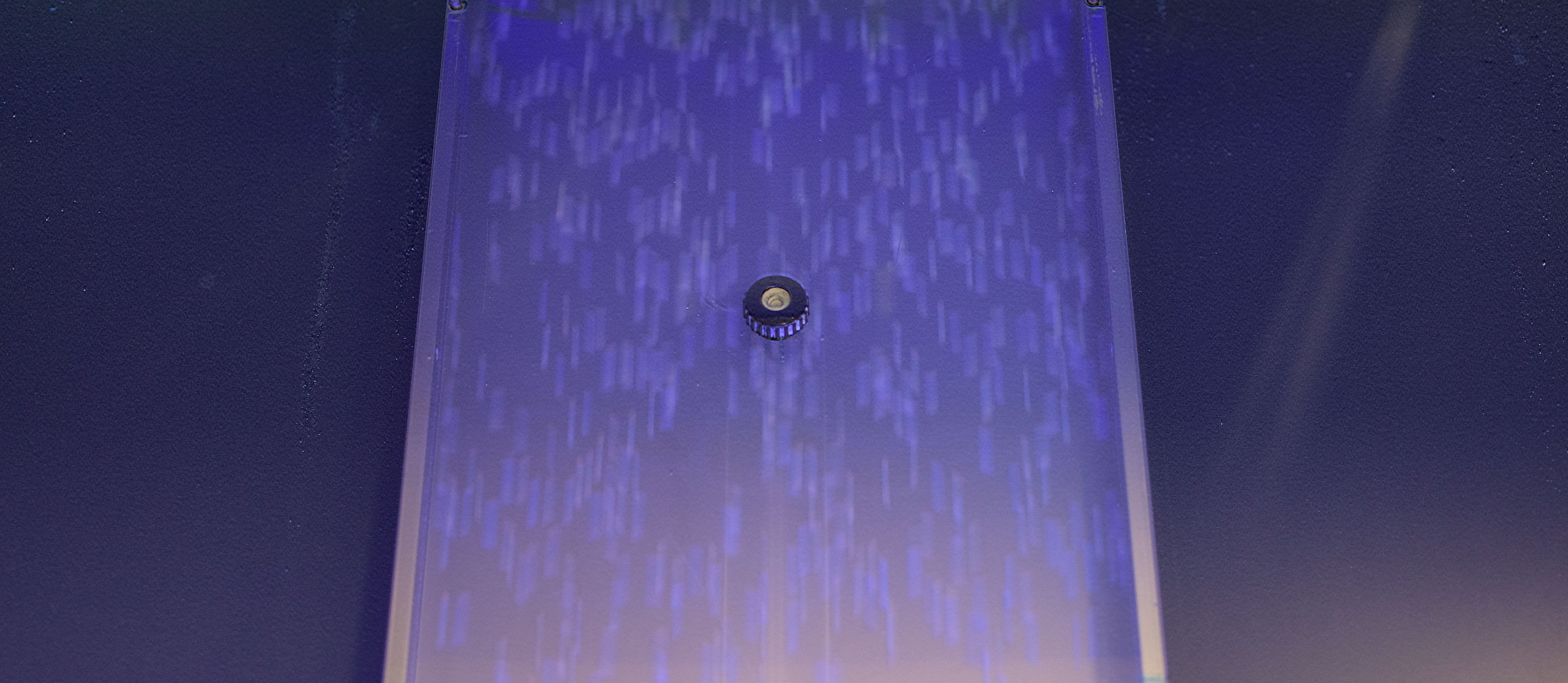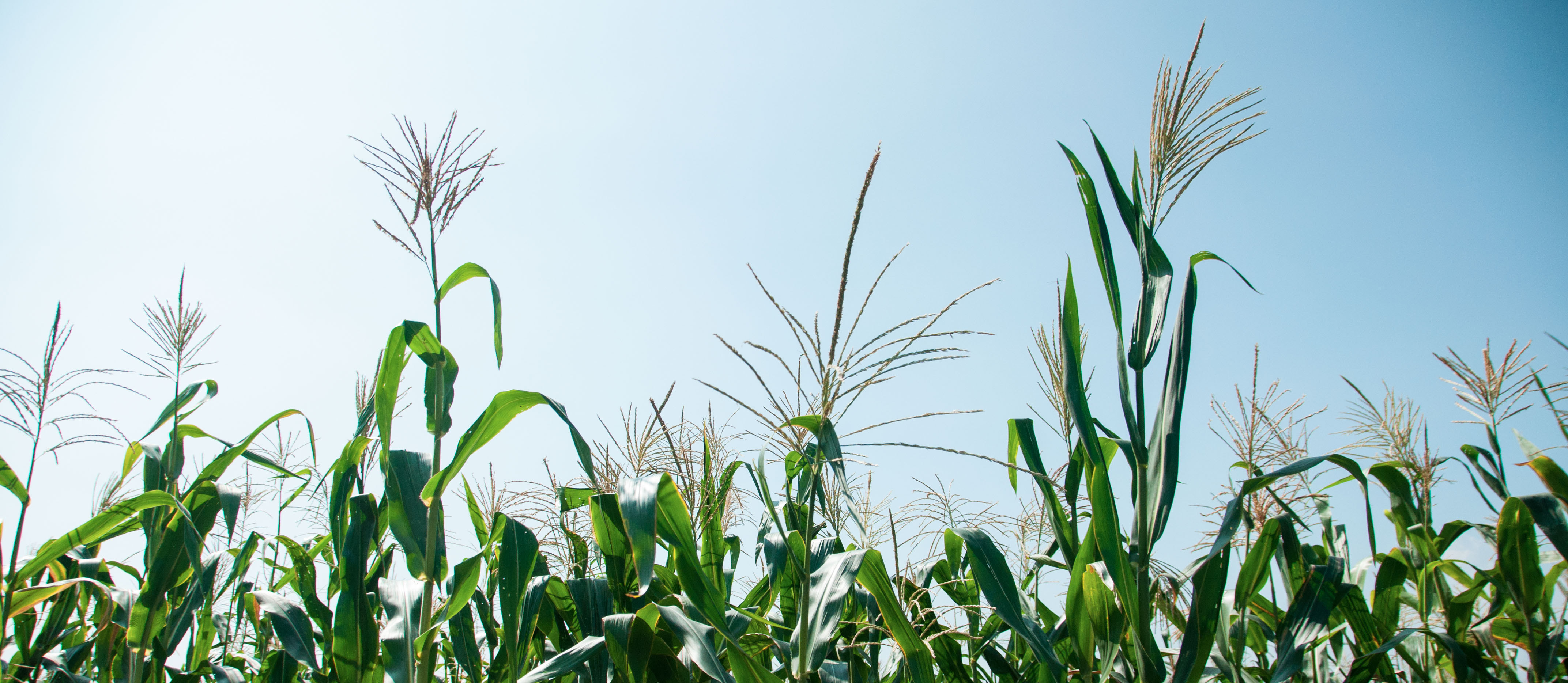RICE
Characteristics of the production area
The area dedicated to the cultivation of rice presents mixed soils of alluvial origin and is characterized by cold, wet winters and a hot and very humid summer period. The Francesco De Tacchi farm is situated in a strategic position between the Tesina and Brenta rivers, allowing for an adequate supply of water throughout the year.
Planting and methods of cultivation
Before sowing begins in the fields allocated in the agricultural activity logs and taking into account crop rotation regimes compliant with best agricultural practices, the following operations are performed:
– organic fertilization of the soil: a process whereby the soil is enriched with nutrients that are gradually also transferred to the crops;
– ploughing: the initial phase of the working of the soil, during which the ground is turned over and aired to prepare it for subsequent stages and sowing;
– tillage: the phase in which the soil is further broken up;
– rolling: a procedure whereby the surface of the soil is made smoother and impermeable; in rice cultivation it is important for the water not to be entirely absorbed by the soil and it should remain on the surface as a form of thermal insulation so as to avoid significant fluctuation, especially during the first stage of life of the plants;
– levelling: an essential activity by means of which the fields are subject to a form of ‘regularisation’, ensuring that all of the land is submerged in a uniform manner, also in the presence of low levels of water.
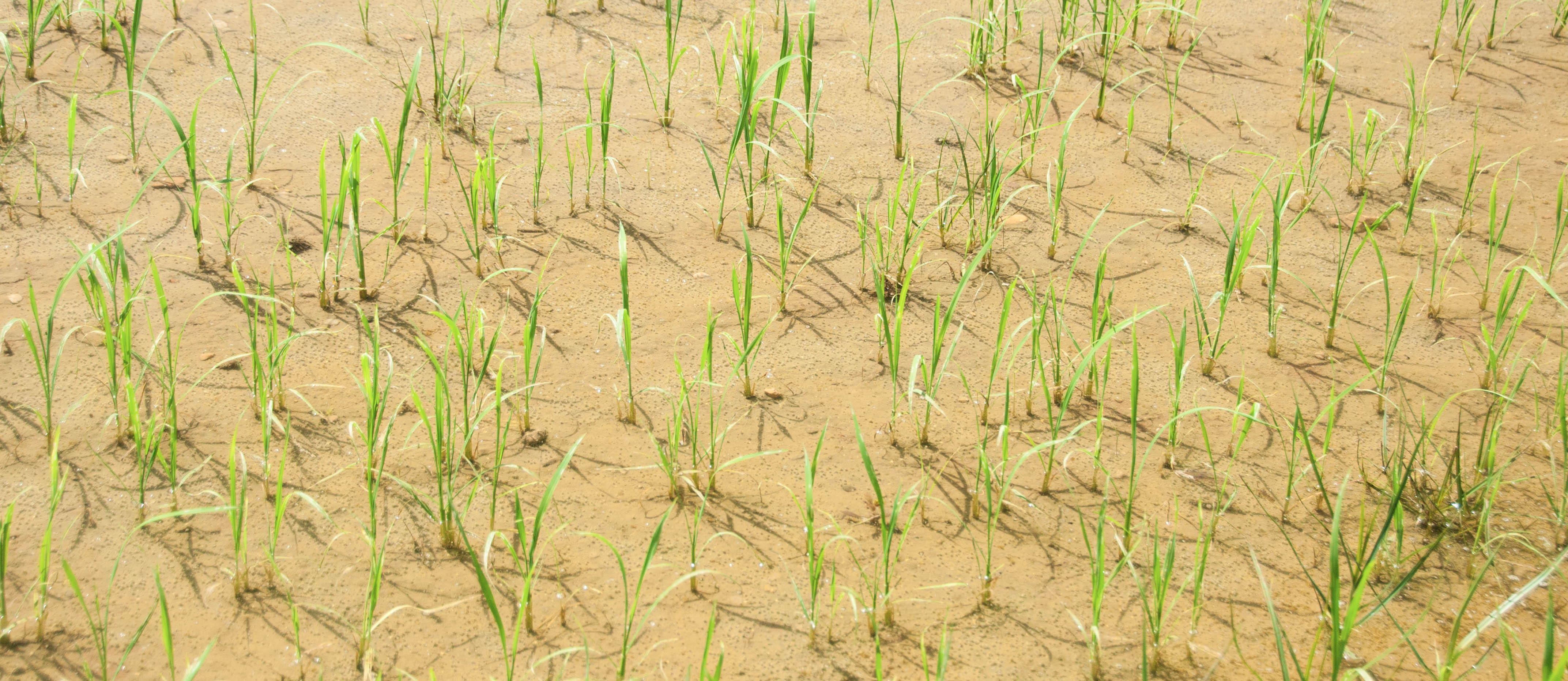
Cultivation methodology
Rice cultivation occurs roughly between April and October and is characterised by the following stages:
– sowing: the planting of seeds in the ground; this occurs without the application of water in order to prevent removal of the seeds by wild ducks (usually attracted by large water surfaces);
– submersion: the actual flooding of the fields, which takes place about one month after sowing;
– drying periods: required for rice-rooting and as a natural means of pest control if necessary;
– field-drying prior to harvesting: 20 days before threshing, the water is finally removed from the rice fields;
– threshing with instant drying, which is essential to prevent live grains of paddy rice from beginning to ferment; at this stage the threshing equipment used for harvesting operates in synergy with the drying plant to ensure the prompt drying of grains once the collection of crops has been completed;
– storage in specific silos, which for special products can be prolonged for periods of up to 22 months.
Milling and processing
The processing of the rice crop, also referred to as paddy rice, basically occurs in two phases:
– dehusking – the detachment of the husk, or external part of the grain;
– whitening or refining
– removal of the outer layers of the grain to obtain a product ready for cooking; the operation may be carried out adopting a ‘light’ process, as in the case of our light-brown rice, or more fully in order to produce a traditional, typically white rice. In the case of seasoning the rough grains are stored in special ventilated silos for about two years before being worked. The processing of the rice is performed by an experienced craftsman, who carries out all operations in the traditional way, using an original nineteenth-century husking machine.
Quality control
The rice undergoes random sampling to verify its appearance and grain size, and also firmness and resistance to cooking processes and glutinosity.

Selection
Once processing is completed, the rice is selected prior to packaging by means of a latest-generation optical sorting machine that checks grain size and is capable of identifying any visual defects, such as an excessively dark colour or marks, thereby allowing for a further enhancement of product quality; only the best-quality grains are placed on the market following testing with this particular equipment.
Packaging
Packaging occurs on the farm premises and immediately after optical selection. The 500 g or 1 kg packs contain a nitrogen-modified protective atmosphere, which ensures long product life and protects the cereal against pests, but without altering its organoleptic characteristics. Before secondary packaging with strips or in cardboard cartons, the primary packages are checked to ensure their integrity.
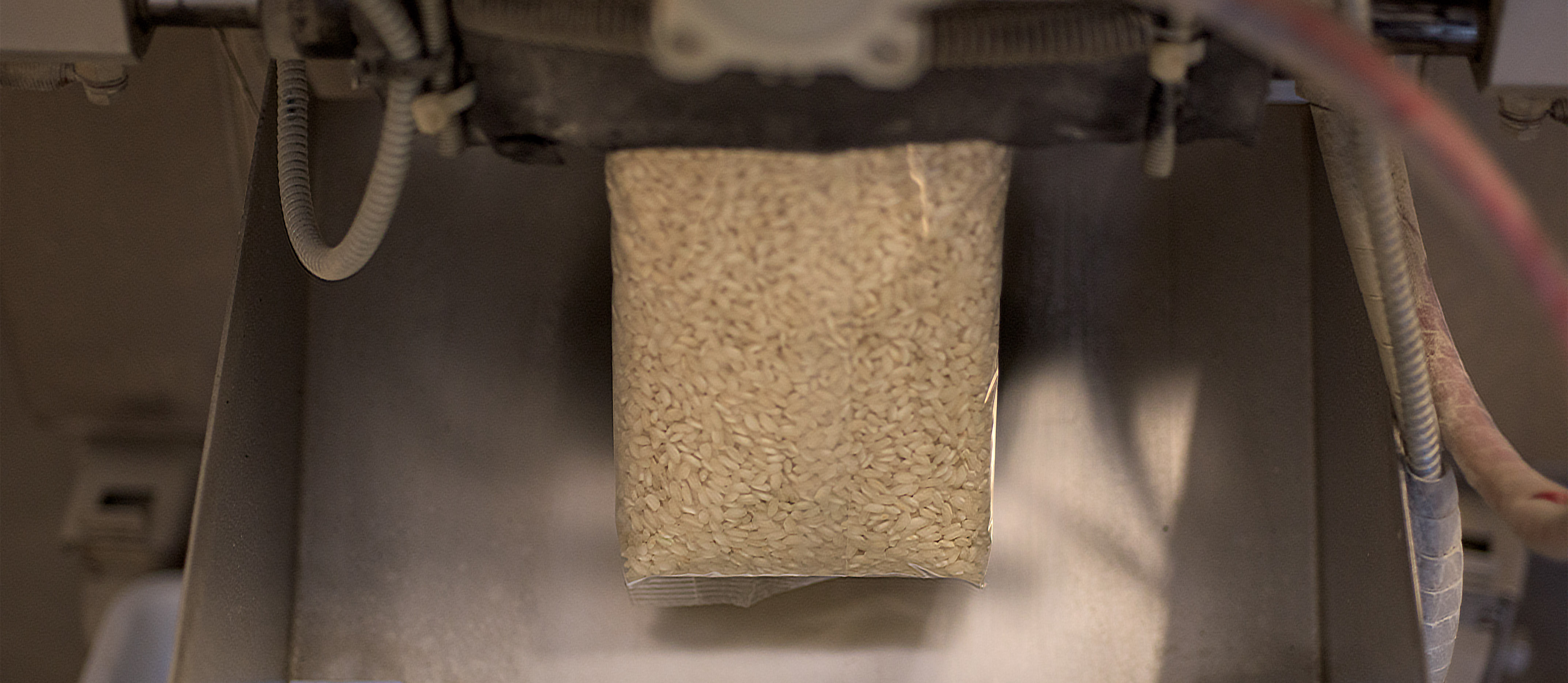

CORN
Characteristics of the production area
As in the case of rice, the area dedicated to the cultivation of maize presents mixed soils of alluvial origin and is characterized by cold, wet winters and hot and humid summer periods. The Francesco De Tacchi farm is situated in a strategic position between the Tesina and Brenta rivers which allows for a sufficient supply of water throughout the year.
Planting and methods of cultivation
Before the seeding stage, which occurs according to the rotation required by best agricultural practices, the following operations are performed:
– organic fertilization of the soil: a process that allows the soil to be enriched with nutrients which, in turn, are transferred to the crops;
– ploughing: the initial phase of the working of the soil, during which the ground is turned over and aired to prepare it for subsequent stages and sowing;
– tillage: the phase in which the soil is further broken up.
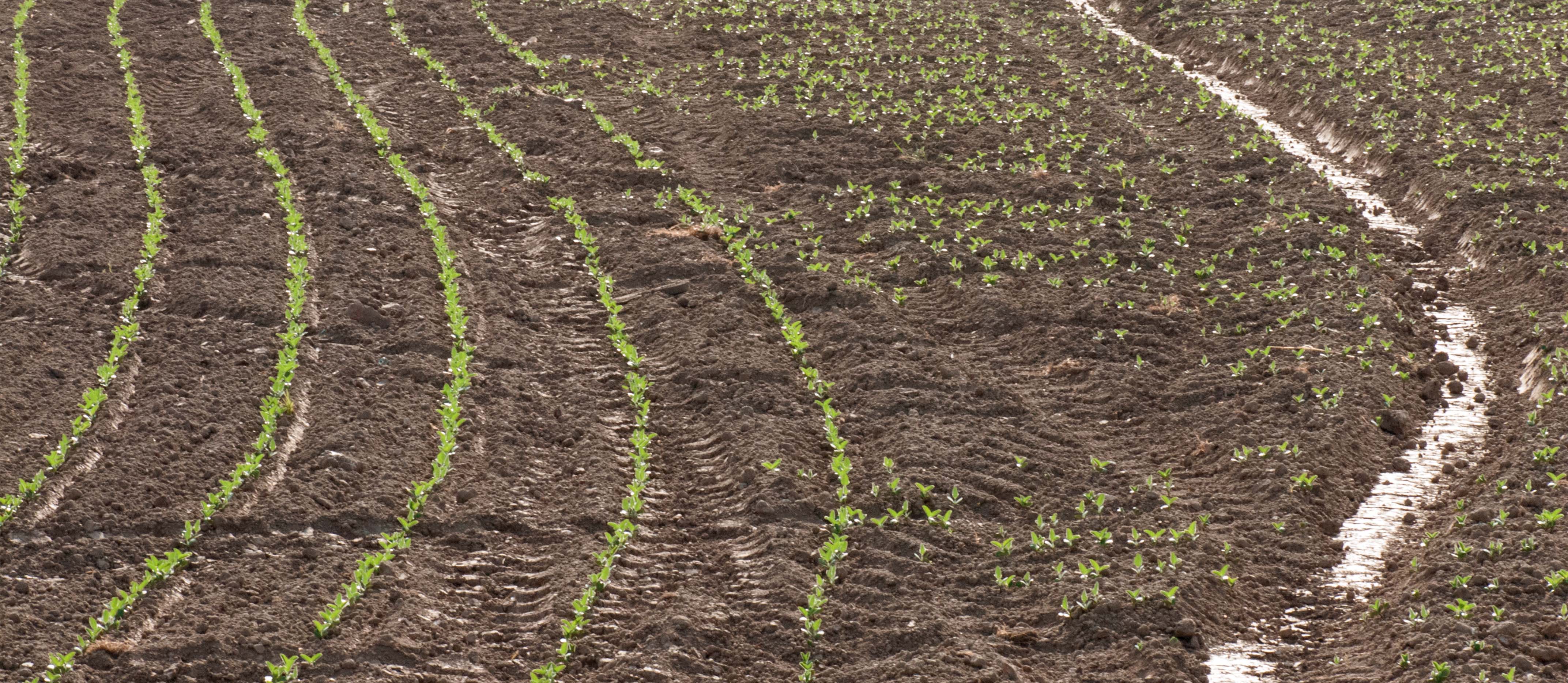
Cultivation techniques
– Sowing: placing the seeds in the ground. As our corn is a rare variety and in danger of extinction all of the seeds, for both of the types cultivated on our land (the Biancoperla and Maranello varieties), are self-produced, starting with the best specimens of the previous year. This involves manual work that is fairly hard and time-consuming but which maintains a high level of quality and preserves the biodiversity of very old varieties of corn;
– weeding: the process whereby, during the early crop-growth stage, weed interference is impeded with the aid of mechanical hoeing equipment and the soil around the plants is mixed;
– any irrigation that may be required, depending on the season;
– manual selection of the best cobs to acquire seeds for the following year;
– threshing with immediate drying, as occurs with the rice crops, this being an essential process to prevent the degeneration of freshly-picked maize kernels;
– verification of the absence of mycotoxins with the appropriate instruments;
– storage in specific silos with periodic tests to verify correct preservation of the product.
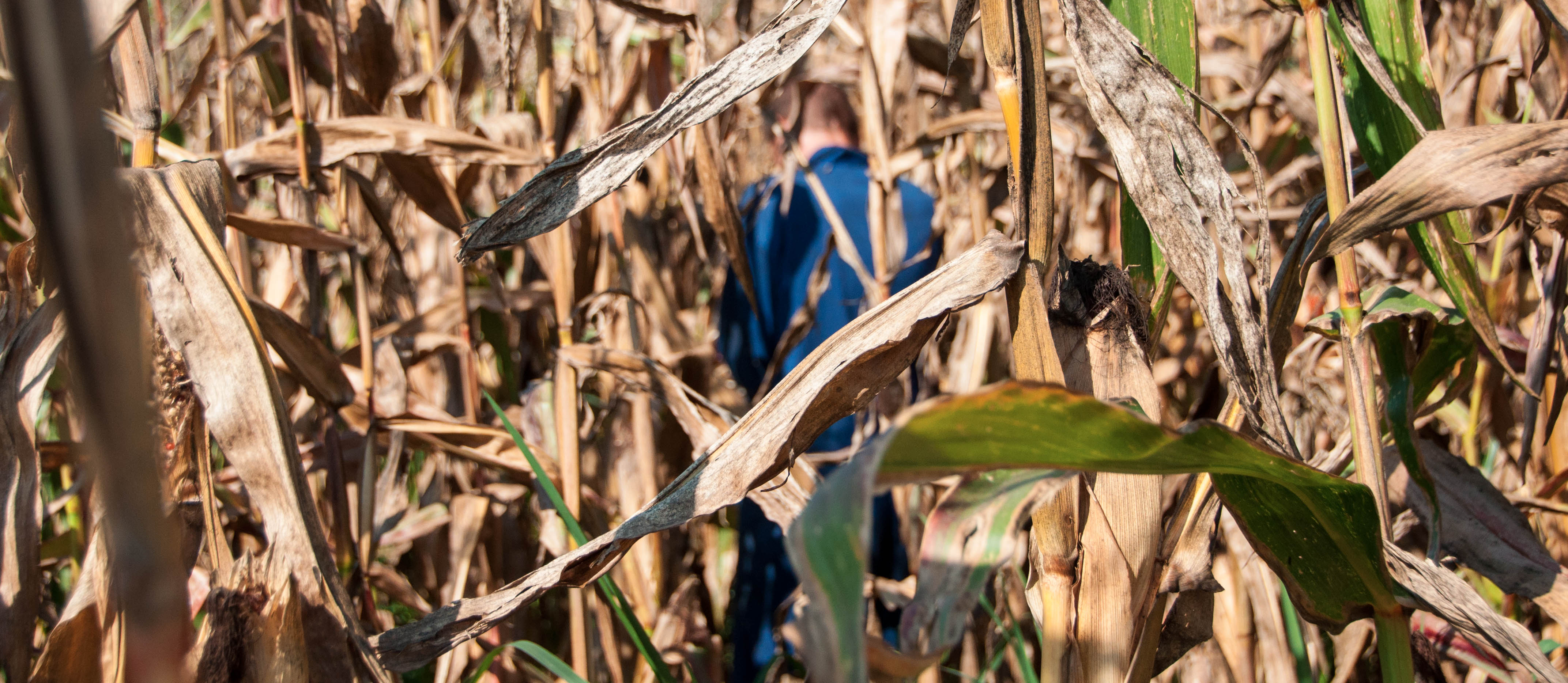
General processing
The operations by means of which the corn kernels are transformed into flour involve the use of methods handed down over many generations and using a centuries-old water mill.
– TRADITIONAL: preparation of fine-grain corn according to traditions prevalent in the province of Vicenza;
– STONE MILLING: the ‘rough’ grinding of crops with an old millstone that leaves a particularly evident trace of the corn bran, in which the Maranello variety is rich;
– PRECOOKING: this phase is carried out in an appropriate facility with superheated steam for about three hours and is followed by extrusion of the corn, drying and grinding.
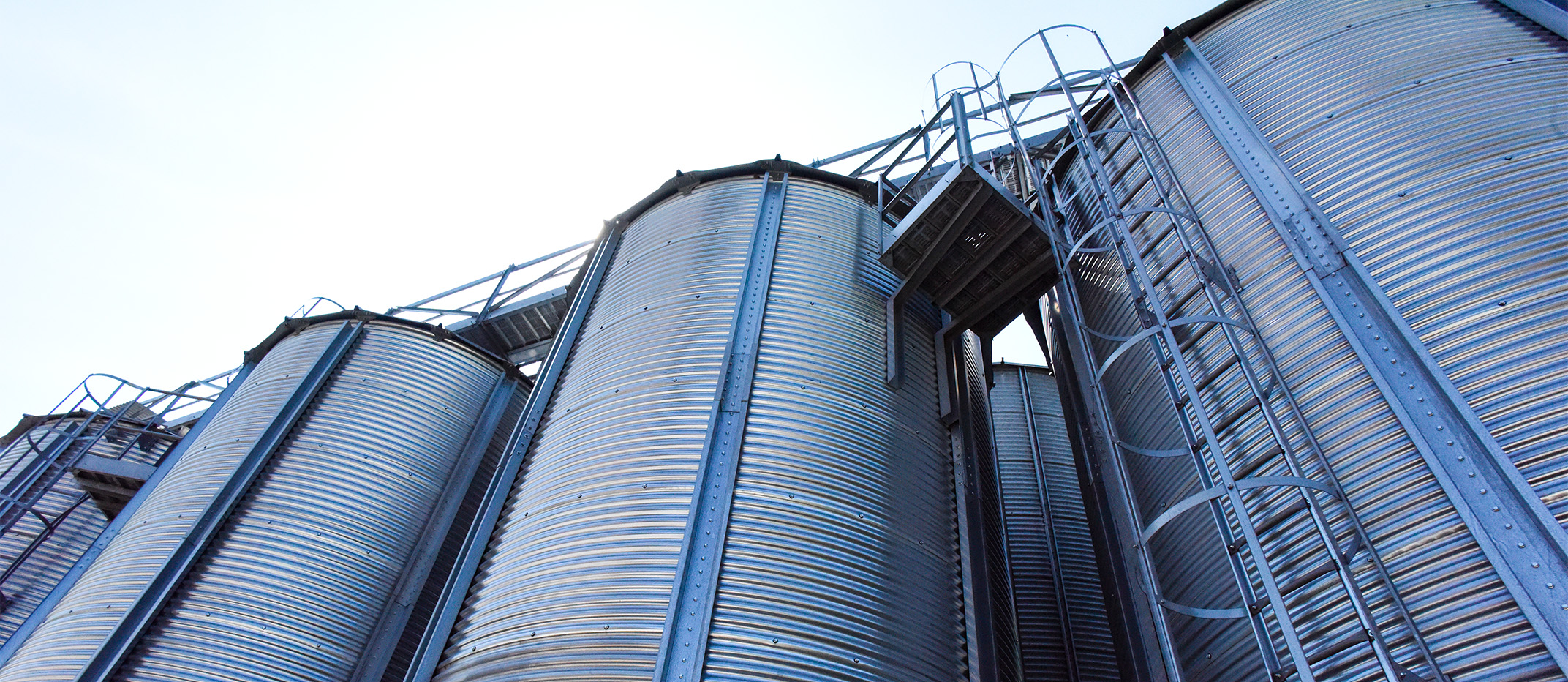
Packaging
Packaging occurs directly on the farm premises. The 500g or 1 kg packs contain a protective nitrogen-modified atmosphere which ensures long product life, protecting the cereal against pests but without altering its organoleptic characteristics. Before secondary packaging with strips the primary packages are checked to ensure their integrity.
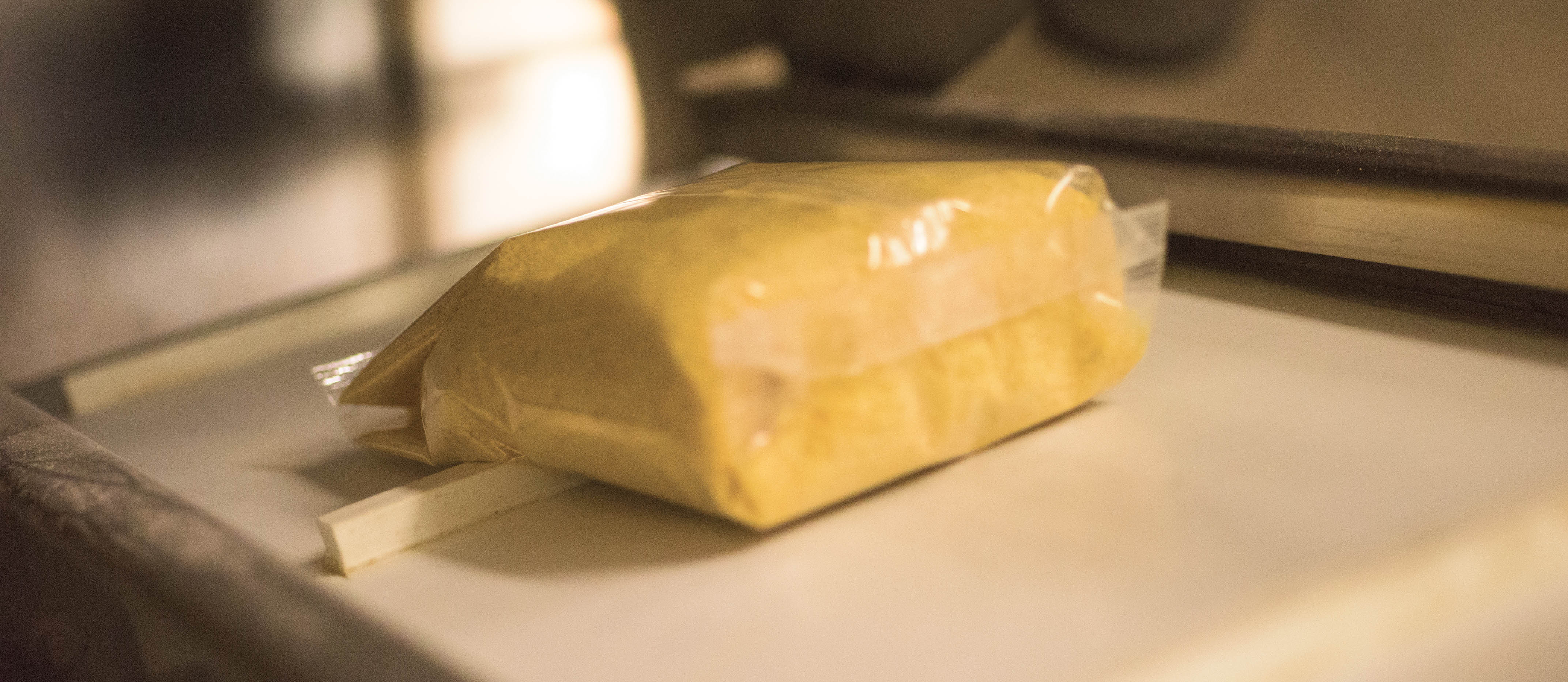

GLUTEN-FREE MARANELLO CORN PASTA
The maize grains undergo prolonged steaming, with subsequent drying and grinding to produce a very fine flour. This process is necessary to obtain the raw material prior to kneading and then extrusion at a very high pressure. This is followed by very slow drying, which allows the flour produced in this way to develop all the classic characteristics of a durum-wheat flour even though it is entirely gluten-free and made exclusively with Maranello corn and water. All stages of the production chain occur in workshops and on premises certified by the Ministry of Health, thus ensuring that our pasta products are totally gluten-free.
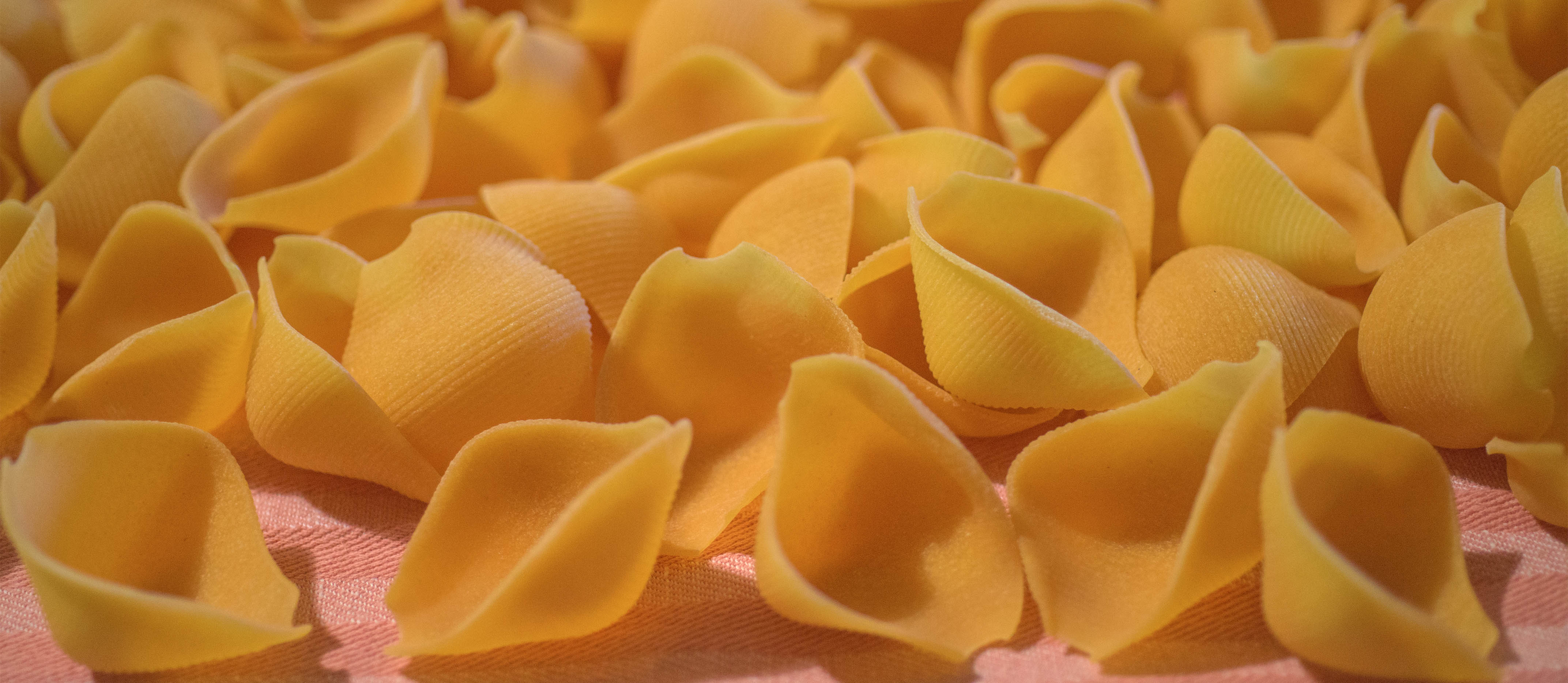

SPECIAL CORN BEER
This type of beer is made from barley malt and De Tacchi maize grain. Before being added to the must by the master brewer the corn is broken up and degermed. The must is subsequently fermented for about 40 days in stainless-steel fermenting vats and the beer is then bottled. Once the bottles are closed, the beer fermentation process continues and they are stored for about another month in a protected environment and at a controlled temperature.
